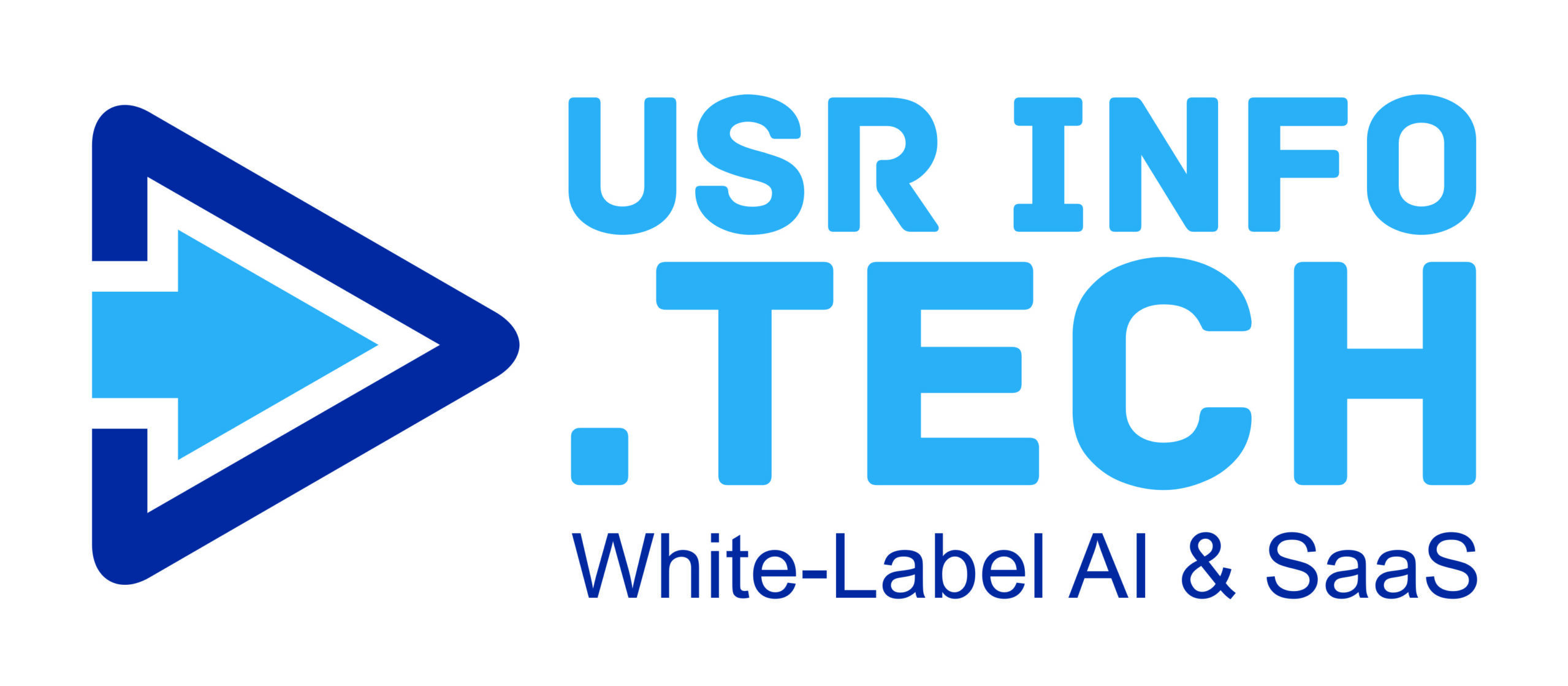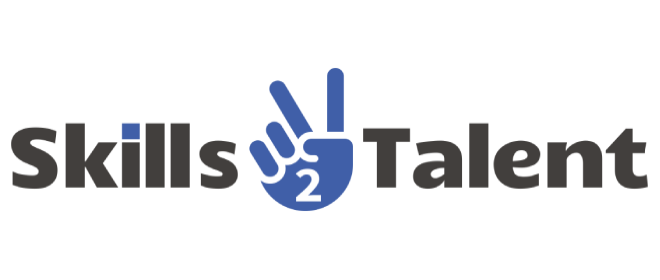Introduction to Talent Management
In today’s dynamic business environment, managing talent has emerged as a critical strategy for organizations seeking sustainable growth and competitive advantage. Effective management encompasses a comprehensive approach to attracting, developing, and retaining top talent within an organization. By focusing on these strategies, companies can ensure that they have the right people in the right roles, driving productivity and innovation.
Talent management goes beyond traditional human resource practices. It integrates various processes, from recruitment and onboarding to performance management and succession planning. This holistic approach ensures that organizations can cultivate a workforce capable of meeting current and future challenges. Moreover, it aligns individual goals with organizational objectives, fostering a culture of continuous improvement and engagement.
The Importance of Talent Acquisition
At the heart of talent management lies talent acquisition. Identifying and attracting the right talent is the first step toward building a robust workforce. Organizations must employ strategic recruitment practices, leveraging modern technologies and data analytics to find candidates who align with their values and mission.
Talent acquisition involves more than just filling vacancies. It requires a deep understanding of the skills and competencies needed for each role, as well as the ability to assess cultural fit. By investing in a thorough recruitment process, companies can reduce turnover rates and enhance employee satisfaction. Additionally, effective acquisition strategies can position an organization as an employer of choice, attracting top-tier candidates in a competitive job market.
Nurturing Talent Through Development Programs
Once top talent is onboarded, the focus shifts to development. Employee development programs are a cornerstone of successful talent management. These programs encompass a range of activities, from training sessions and workshops to mentorship and coaching.
Development programs are essential for enhancing employees’ skills and knowledge, enabling them to perform their roles more effectively. Furthermore, continuous learning opportunities demonstrate an organization’s commitment to its employees’ growth, boosting morale and engagement. By investing in development, companies can create a pipeline of skilled professionals ready to take on new challenges and leadership roles.
Performance Management: Driving Accountability and Growth
Performance management is another critical aspect. It involves setting clear expectations, providing regular feedback, and evaluating employee performance against established goals. A robust performance management system fosters accountability and encourages employees to strive for excellence.
Effective performance management goes beyond annual reviews. It includes continuous feedback loops, where managers and employees engage in open and constructive conversations about performance. By doing so, organizations can identify areas for improvement and provide the necessary support to help employees succeed. This proactive approach ensures that employees remain motivated and aligned with organizational objectives.
Succession Planning: Preparing for the Future
Succession planning is a forward-looking component of managing talent. It involves identifying and developing potential leaders within the organization to ensure a seamless transition when key positions become vacant. Succession planning mitigates the risks associated with sudden departures and helps maintain organizational stability.
A successful succession plan involves a comprehensive evaluation of employees’ skills, experiences, and potential. By identifying high-potential individuals and providing them with targeted development opportunities, organizations can build a strong leadership pipeline. This proactive approach ensures that the organization is well-prepared to face future challenges and capitalize on new opportunities.
Employee Engagement: Fostering a Positive Work Environment
Employee engagement is a vital element of talent management. Engaged employees are more productive, motivated, and committed to their organization’s success. To foster engagement, companies must create a positive work environment that values employees’ contributions and provides opportunities for growth and development.
Engagement strategies include recognizing and rewarding achievements, promoting work-life balance, and encouraging open communication. By prioritizing employee engagement, organizations can reduce turnover rates and enhance overall performance. Additionally, engaged employees are more likely to advocate for their organization, enhancing its reputation and attracting new talent.
Leveraging Technology in Talent Management
In the digital age, technology plays a crucial role. Advanced software solutions and data analytics tools enable organizations to streamline their processes, from recruitment and onboarding to performance management and succession planning.
Technology can enhance the efficiency and effectiveness of talent management initiatives. For instance, artificial intelligence (AI) can be used to identify the best candidates during recruitment, while data analytics can provide insights into employee performance and development needs. By leveraging technology, organizations can make informed decisions, optimize their strategies, and stay ahead in a competitive landscape.
Diversity and Inclusion in Talent Management
Diversity and inclusion are integral to effective talent management. A diverse workforce brings a variety of perspectives, fostering creativity and innovation. Inclusive practices ensure that all employees feel valued and supported, regardless of their background or identity.
Organizations must prioritize diversity and inclusion at every stage of the talent management process. This includes implementing unbiased recruitment practices, promoting equal opportunities for development and advancement, and creating an inclusive workplace culture. By embracing diversity and inclusion, companies can enhance their efforts and drive long-term success.
Measuring the Impact of Talent Management
To ensure the effectiveness of initiatives, organizations must measure their impact. Key performance indicators (KPIs) and metrics can provide valuable insights into the success of various strategies. By analyzing these metrics, companies can identify areas for improvement and make data-driven decisions.
Common KPIs in talent management include employee retention rates, time-to-fill positions, and employee satisfaction scores. By tracking these metrics, organizations can assess the effectiveness of their practices and make necessary adjustments. This continuous evaluation and improvement process is essential for maintaining a competitive edge and achieving long-term organizational goals.
Conclusion: The Path Forward in Talent Management
Talent management is a multifaceted and dynamic process that requires a strategic and integrated approach. By focusing on talent acquisition, development, performance management, succession planning, employee engagement, technology, diversity and inclusion, and measurement, organizations can build a high-performing workforce capable of driving sustained success.
In conclusion, the key to effective talent management lies in its holistic nature. By aligning strategies with organizational objectives and continuously adapting to changing business needs, companies can unlock the full potential of their workforce. As a result, they can achieve greater innovation, productivity, and competitive advantage in an ever-evolving market










